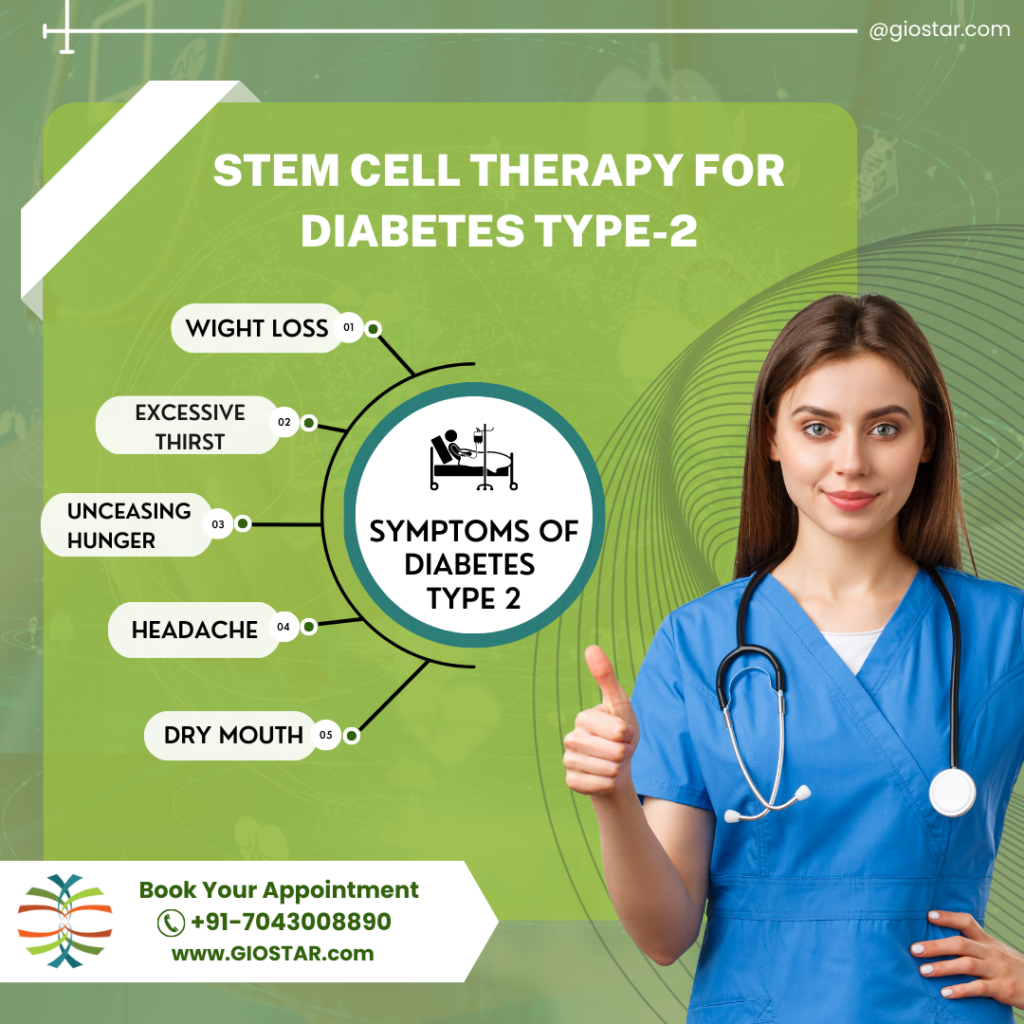What is Diabetes Type 2?
Diabetes is the disease affecting the metabolism of glucose to a great extent. The glucose is required by the cells for energy production and normal functioning. This glucose comes in the blood from the food we eat and carried to the cellular level by an important hormone known as the insulin. Once the meal is consumed by the body, it breaks down into the glucose and other nutrients which are then absorbed in the bloodstream from the gastrointestinal tract. This glucose is then transferred from the blood stream to the cells. The diabetes develops when the body either can’t prepare insulin or can’t respond to the insulin. Diabetes can be mainly differentiated into two broad categories such as Diabetes Type 1 & Diabetes Type 2.
Type 2 diabetes formerly called as non insulin dependent diabetes occurs as a result of body’s inability to utilize insulin. It is the most common form of diabetes accounting for more than 90 % of the diabetes cases.
How prevalent is Diabetes Type 2?
By the end of 2013, estimated deaths due to diabetes were almost 2 million. The epidemiology survey has concluded that more than 80% of the deaths are from low and middle income countries. WHO has projected that diabetes can be the seventh leading cause of death globally by the end of 2020.

Factors responsible for Type 2 Diabetes
Researchers are not able to fully understand underlying cause of diabetes 2. However, some factors are commonly found to be responsible for type 2 diabetes as follows
- Weight: – Being overweight is the primary risk factor for being susceptible to diabetes. The more fat you have in your body, the more resistance develops for the use of insulin.
- Fat Distribution: – If the fat is being stored in the belly region of the body the risk of developing diabetes is higher than that of storage of fat in the other parts.
- Inactivity: – Since with the increasing physical activity the weight is being controlled and hence the susceptibility to the diabetes. It is advised to incorporate a habit of atleast 60 minutes workout routinely.
- Family History: – The risk associated with the disease increases with the family history of the person; as there is strong genetic link up associated with the disease occurrence.
Apart from these stated above many other factors are known to be responsible for the higher incidence of Diabetes such as
- Age
- Race/Ethnicity
- Prediabetes
Symptoms Associated with Type 2 Diabetes
The signs and symptoms of Type 2 Diabetes can often develop slowly. In fact for years it can go unnoticed, although some of the common symptoms can be taken as warning signals such as
- Increased thirst
- Frequent urination
- Increased hunger
- Weight loss
- Fatigue
- Irritability and mood swings
- Fatigue and weakness
- Blurred vision
- Vaginal yeast infection in females
- Darken areas of the skin
Prognosis associated with Type 2 Diabetes
Diabetes can be diagnosed generally with the blood tests for examining blood sugar level at fasting and after meal. Apart from that many other examinations can help diagnose the problem at the early stage such as
- Skin and bones of the feet and legs are brittle or get numb.
- Illness such as pneumonia
- Nausea or vomiting
- Fruity mouth odour
What goes wrong in Type 2 Diabetes?
As against type 1 diabetes, patients with type 2 diabetes can produce insulin; however the insulin cannot be utilized by the body for the metabolism of glucose may be because the insulin is either not sufficient or the body is unable to recognize insulin for its function. Thus, due to body’s inability to transfer glucose to different cells, its accumulation in the blood stream increases. This cause the condition known as hyperglycaemia. Also since cells are not able to use glucose for the energy generation, their function is severely halted.
How Stem Cells treatment can help!
Stem cells are the mother cells that are responsible for developing an entire human body from a tiny two-celled embryo; due to their unlimited divisions and strong power to differentiate into all the cells of different lineage. This power of stem cells has been harnessed by the technology to isolate them outside the human body, concentrate in the clean environment and implant back.
Thus, stem cells treatment involves administration of concentrated cells in the targeted area, wherein they can colonize in the damaged area, adapt the properties of resident stem cells and initiate some of the lost functions that have been compromised by the disease or injury.
Various data is available suggesting in vitro differentiation of stem cells into insulin producing beta cells. These cells can as well help in creating a microenvironment due to initiate secretion of different immune cells to counteract autoimmunity of the individual.
Treatment of Type 2 Diabetes at GIOSTAR
We have mastered the technology for isolating maximum number of viable stem cells from either the autologous sources of your own body or allogeneic ally with the matched donor to treat various children with ASD. We are the licensed, private organization with the excellent, well-equipped state of the art facility to isolate process and enrich the viable number of stem cells, which can be re-infused back into the patient’s body. Generally, these cells are administered through any one of the below-mentioned methods depending upon our expert’s advice:
- Local Administration:-Through this mode, cell are infused directly at the targeted site of injury.
- Intravenous Administration:- Through this mode, cells are infused through the veins to expand blood volumes in the central nervous system, to ensure that the maximum number of cells are reaching to the targeted area.
Once infused back in the body, these cells can be repopulated at the damaged parts of the pancreas, through their strong paracrine effects and differentiate into lost or damaged beta cells, initiate vasculogenesis and can as well initiate secretion of new immune cells.
Thus, although diabetes cannot be cured with the help of stem cells treatment but with our standardized treatment protocol, it can definitely be manageable.
What Sets Us Apart
- Headquartered in USA.
- The founder is leading stem cell scientist credited with helping in setting up the stem cell research labs at top research institutions in the US including Salk Research Institute, Sanford-Burnham Institute, UCI, UCSD.
- Scientific And Medical Advisers/Consultants are comprising of luminaries who have worked at University of California, San Diego (UCSD), University of California Irvine (UCI).
- State of the art and the first private hospital in the India inaugurated by (then Chief Minister of State of Gujarat) and present Prime Minister of India.
- One of the world’s largest Stem Cell Hospital funded by the government of Gujarat, India.
Disclaimer : Results may vary for each patient. GIOSTAR practice the application of stem cell therapy within the legal regulations of each country.



